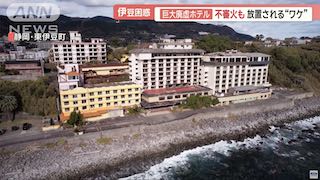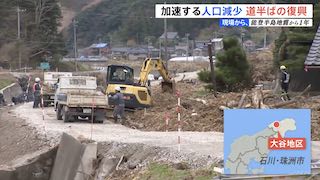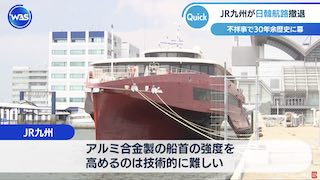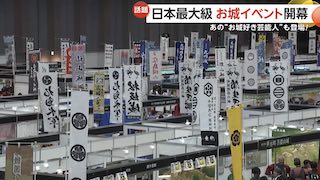Jul 10 (News On Japan) - In the past, the center of Hyogo Prefecture was 'Hyougo-no-Tsu' (now Kobe City's Hyogo Ward). Did you know that the first prefectural office was located here and the first governor was Hirobumi Ito? The 'Kobe Incident,' which led to Ito's appointment, became an international issue that introduced the term 'hara-kiri' to the world.
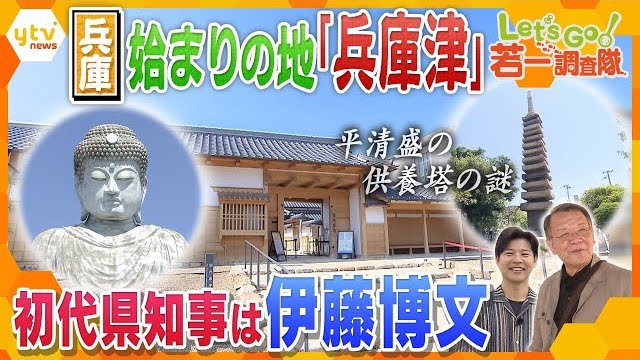
Kobe's development as a port town was significantly influenced by Taira no Kiyomori, whose memorial sites are scattered throughout Kobe. This article delves into the history of Hyogo's origins at "Hyougo-no-Tsu."
Today, we are in Hyogo Ward of Kobe City, an area historically known as "Hyougo-no-Tsu," a prominent port with over a thousand years of history. Behind us is the building that served as the first Hyogo Prefectural Office, established in 1858. The current prefectural office is located in Sannomiya, Chuo Ward, but this was the original center of Hyogo during the Meiji era.
Kobe Port, recognized as an international trade hub since its opening in 1868, originated in Hyogo Ward. From the Heian period through the modern Meiji period, "Hyougo-no-Tsu" thrived as a crucial port town along the Seto Inland Sea. The first governor of Hyogo Prefecture was Hirobumi Ito, the historical figure once depicted on the 1,000 yen bill.
This area, known as Hyogo Ward today, was once controlled by the Amagasaki Domain during the Edo period. The domain directly managed the area as tenryo, or shogunate land. The initial building here was used by the Osaka Magistrate's Office.
The prominent figure of this historical narrative is Hirobumi Ito, who served as Hyogo's first governor at the young age of 26. Ito, who studied in Britain, played a crucial role in resolving the Kobe Incident, a significant diplomatic issue involving a clash between samurai and French soldiers. The resolution of this incident, which included a ritual suicide, brought the term "hara-kiri" to international attention.
The relocation of Hyogo Prefecture's center from "Hyougo-no-Tsu" to Sannomiya was partly due to security concerns related to opening the port to foreigners. Sannomiya, a less populated area at the time, became the new center, facilitating easier management and reducing potential conflicts.
Exploring further, the Hyogo Ward area includes significant historical sites, such as Hyogo Canal, a large canal system crucial for trade. The area is now a heritage site recognized as a Japanese cultural property.
One of the key historical landmarks is Kiyomori's Tomb, a towering stone monument dedicated to Taira no Kiyomori, who expanded the port and facilitated trade with the Song Dynasty, leading to significant prosperity. The site also includes various temples and a statue of the Hyogo Daibutsu, a large Buddha statue reconstructed in 1991.
Hyogo's historical narrative is deeply intertwined with the influential figures and events that shaped it. The area's rich past is preserved and celebrated through various monuments, museums, and heritage sites, making it a fascinating location to explore the origins of Hyogo Prefecture.
Source: YOMIURI





